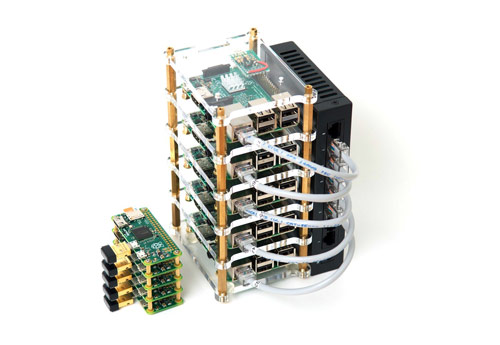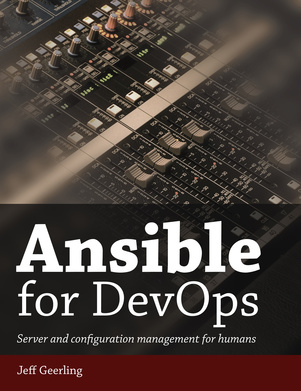Reintroducing the sanity of CM to container management
Recently, Ansible introduced Ansible Container, a tool that builds and orchestrates Docker containers.
While tools that build and orchestrate Docker containers are a dime a dozen these days (seriously... Kubernetes, Mesos, Rancher, Fleet, Swarm, Deis, Kontena, Flynn, Serf, Clocker, Paz, Docker 1.12+ built-in, not to mention dozens of PaaSes), many are built in the weirdly-isolated world of "I only manage containers, and don't manage other infrastructure tasks."
The cool thing about using Ansible to do your container builds and orchestration is that Ansible can also do your networking configuration. And your infrastructure provisioning. And your legacy infrastructure configuration. And on top of that, Ansible is, IMO, the best-in-class configuration management tool—easy for developers and sysadmins to learn and use effectively, and as efficient/terse as (but much more powerful than) shell scripts.
From Ansible Container's own README:


